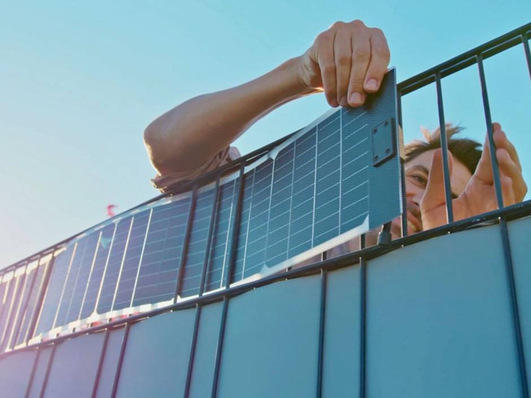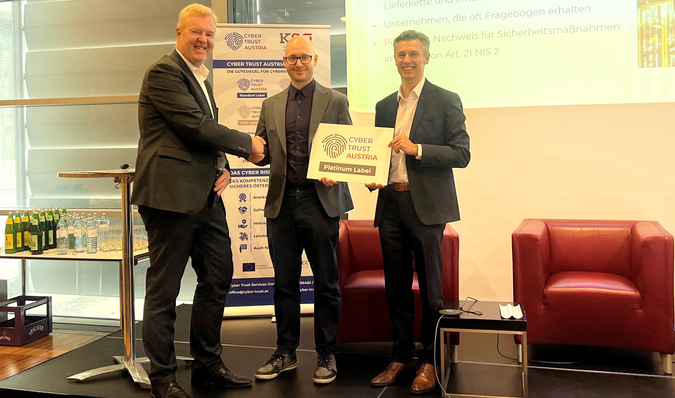Vienna's cityscape is characterised by many Romanesque, Gothic and Baroque buildings. In addition, there are more recent buildings, such as the Donau City Tower 1 (DC Tower 1) and the campus of the Vienna University of Economics and Business as representatives of modernity. With the TrIIIple Vienna, the metropolis on the Danube has now gained another representative of a new architectural language.
The new Vienna TrIIIple ensemble with its imposing high-rise buildings houses over 1000 flats with a total of around 77,000 m2 of floor space. Directly on the Danube Canal, opposite the green Prater, the three towers, which are up to 100 m high, house flats, a library, shopping facilities as well as cafés and restaurants.
The architectural concept of the TrIIIple is based on three strongly sculptured individual buildings that are so unique in Vienna. It is an extension of the "TownTown" project - the largest public-private partnership project in Austria. With their cantilevers up to 15m deep, the three towers are reminiscent of the well-known Tetris computer game.
A public-private partnership project
The TrIIIple was developed in cooperation between the project partners Soravia and ARE Austrian Real Estate, who wanted to create new living space for the metropolis of millions. The project serves as a showcase: thanks to the wide range of facilities, which include a concierge service, event kitchens, rooftop pools and a library, as well as a party and barbecue lounge.
See also: Warm edge for wooden building in Vienna
The diverse gastronomic offerings as well as shopping facilities are also freely accessible to the public. According to the investors, almost all of the 33 to 165 m2 flats in towers 1 and 2 have been sold in the meantime.
Tower 3, the right-hand tower as seen from the green Prater, has around 670 micro-apartments ranging in size from 21 to 57 m2 for students and young professionals.
This is what the installed insulating glass does
In order to keep energy costs low and to achieve optimal thermal insulation, Isolar Solarlux solar control glass was installed throughout the building. These glasses also ensure a comfortable indoor climate - at any time of the year.
"This is achieved by a special coating that is applied to at least one glass surface," explains Hannes Spiss, Managing Director of Isolar Glas Beratung. "The sun's radiant energy consists of visible light, short-wave UV radiation as well as long-wave infrared radiation," the glass expert knows.
"The Solarlux coating lets the visible light into the interior of the building and reflects the other radiation areas back to the outside," says Spiß and continues: "This significantly reduces the risk of overheating in summer. Whereas in the winter months energy can be gained and at the same time insulating low-e coatings drastically reduce heat loss."
What sound insulation did the glass have to meet?
The thermal insulation and sun shading requirements, as well as aesthetics, were not the only ones the glass had to meet, however. "Due to the immediate proximity to the two motorways A 4 and A 23, the glass had to fulfil special sound insulation criteria," says Spiß.
Also interesting: What do ESG criteria mean for the building industry?
The structural plastic formulations in the form of the up to 15 m deep cantilevers were also a great challenge for all the construction companies involved. "And last but not least, the large amount of insulating glass for the facades presented us with logistical challenges," says glass expert Spiß . After all, a total of 4000 m2 of Solarlux solar control glass was installed on the facades of the TrIIIple towers.
The facade glass was manufactured and delivered by Isolar partner Glas Natter from Regensburg.













